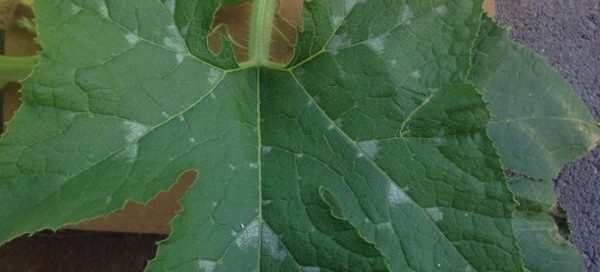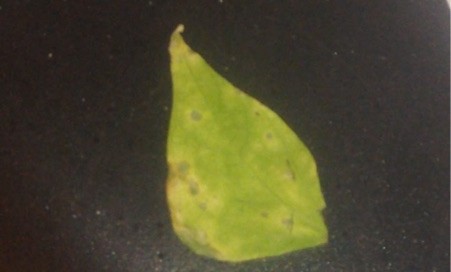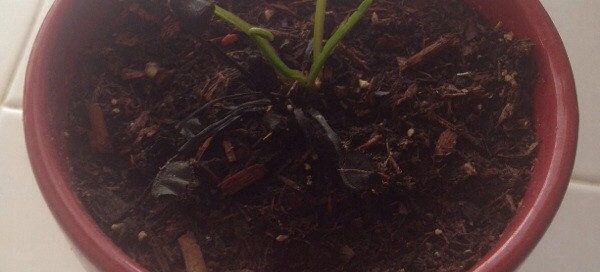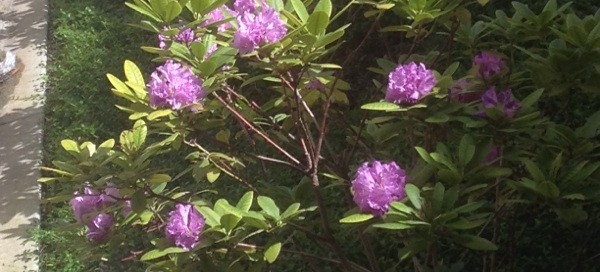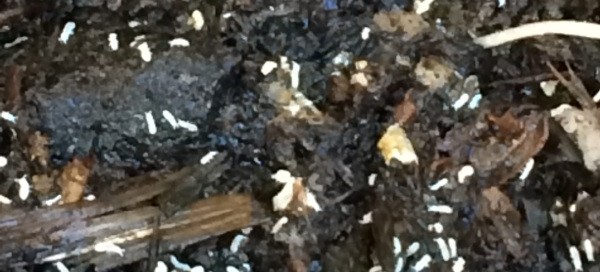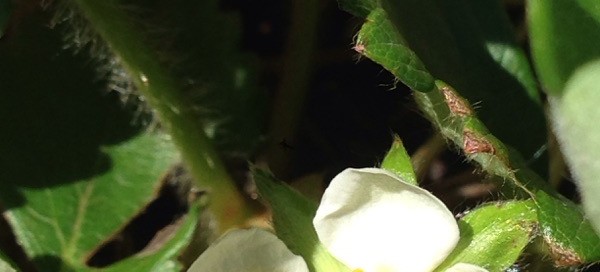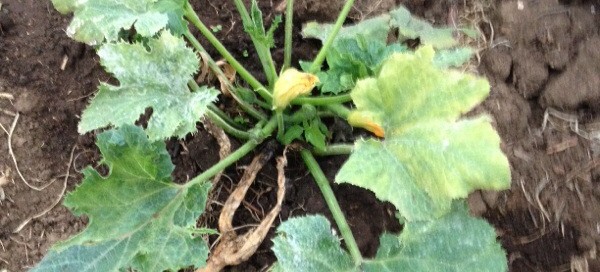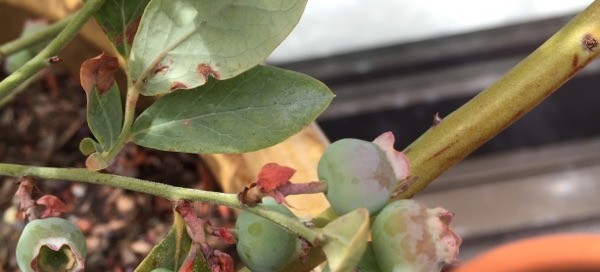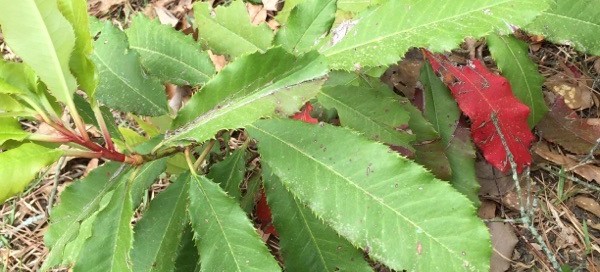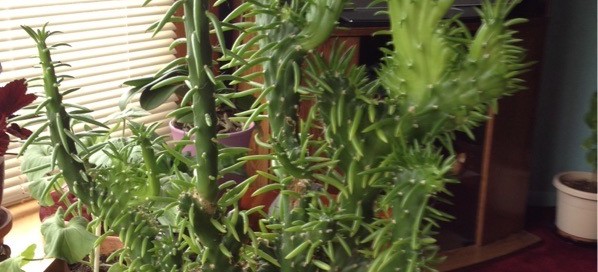Powdery Mildew On Zucchini
The white spots on your pumpkin are probably powdery mildew. This fungus is common to squashes especially if the foliage is wet at night. Drier weather will help. The warm days and cool nights of late summer create an ideal climate for spore growth and dispersal.
Powdery mildew can be prevented, and it can be controlled once it appears, but it can't be cured. The key to preventing it is planting mildew-resistant or mildew- tolerant varieties. Resistant varieties get less mildew than susceptible varieties; tolerant varieties may get some mildew, but it shouldn't affect the performance of the plant. Prevention also includes siting plants where they will have good air circulation, and exposing as much leaf surface as possible to direct sunlight, which inhibits spore germination.
